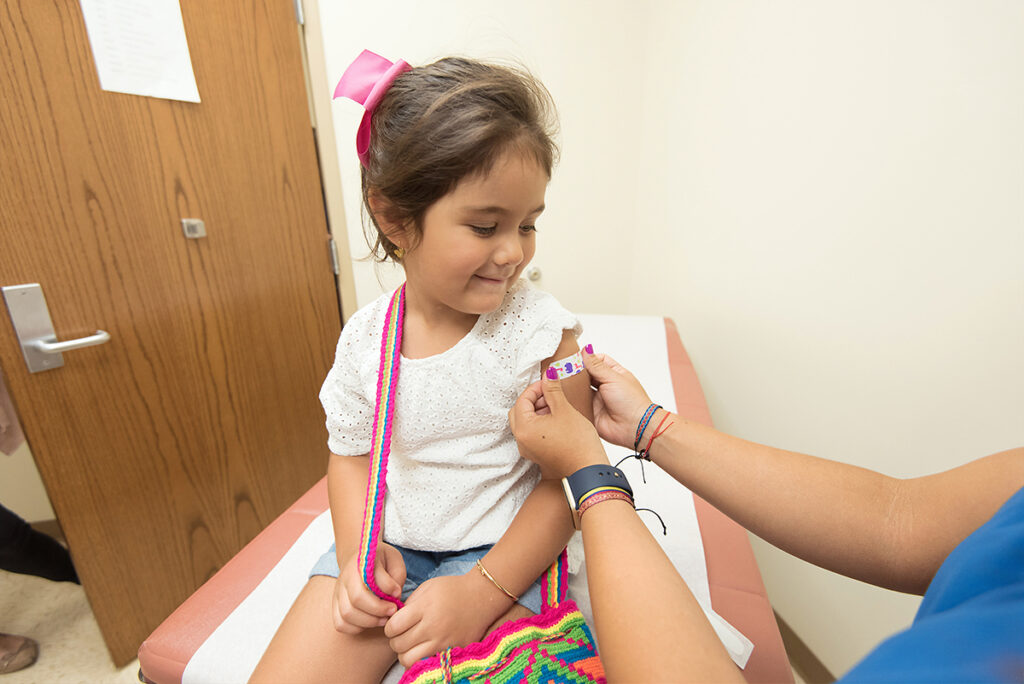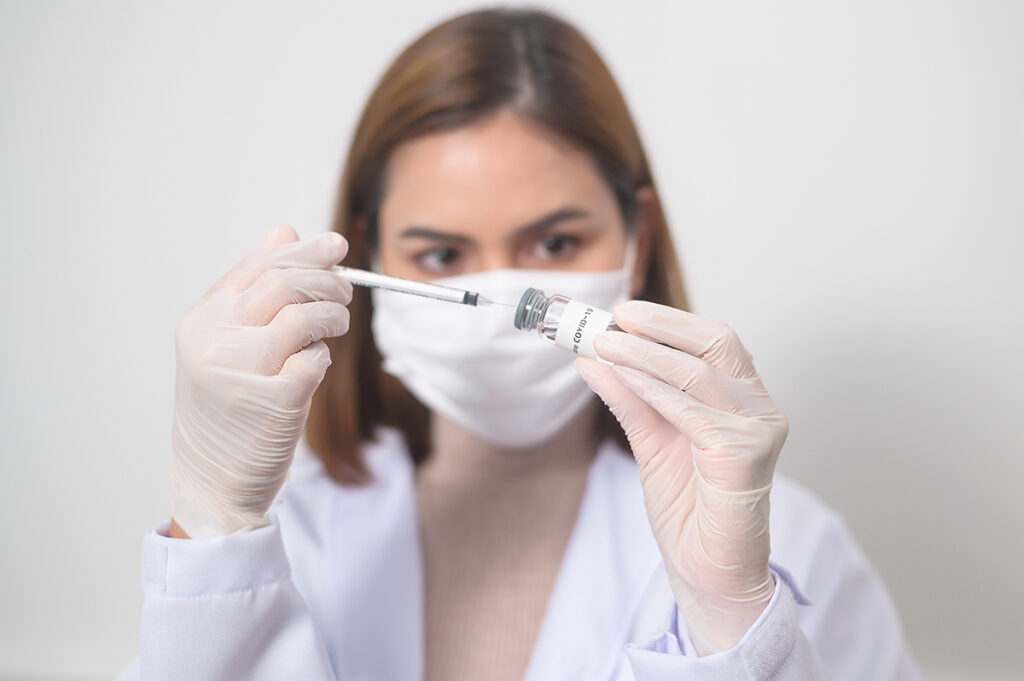Research history
Earlier in vitro and in vivo studies have shown the effectiveness of interferon-alpha against keratitis caused by herpesvirus 1. Studies were conducted on humans, monkeys, and rabbits. The greatest antiviral effect was observed of high interferon concentrations at 1-15 million units/ml. Local use of interferon-alpha at an early stage of infection reduced the duration of clinical manifestations.
Despite the small amount of data, using human recombinant interferon-alpha-2b (rHuIFN–α2b) has also been recommended for treating cats with FHV-1. Daily oral administration of interferon has shown less severe clinical signs compared to the control group.
Parallelly, an in vitro study of the antiviral effects of feline recombinant interferon omega (rFeIFN-ω) in cats and dogs showed that a concentration of 50,000 IU/ml has significantly decreased the FHV-1 titers.
Current research
The researchers set out to compare the antiviral effects of human interferon rHuIFN-α2b in vitro and feline interferon rFeIFN-ω. Two aspects of interferon activity were studied:
- Virus replication was suppressed inside the infected cells. The effect was evaluated by the number of appeared herpetic plaques.
- Mechanism of protection of uninfected cells from virus infection from cell to cell. The extent of viral infection was assessed by the size of plaques.
Experiment scheme
A population of cat kidney Crandell-Rees cells was taken. The cells were planted in 24-hole growing tablets.
This cells were treated with rHuIFN-α2b or rFeIFN-ω in 12-I concentrations: 100, 250, 500, 1000, 2500, 5000, 10 000, 25 000, 50 000, 100 000, 250 000, and 500 000 IU/ml. To maintain a constant concentration of interferon, the treatment was performed at 3-time points:
- 6 hours before adding the virus;
- simultaneously with the addition of the virus;
- simultaneously with adding the environment to the top layer.
1 ml of a solution containing FHV-1 was added to each unit. After 72h incubation, the cells were fixed with a 10% formalin solution. Theт medium was removed and the cells were stained.
After that, the number of plaques was calculated. The diameter of each plaque was estimated using a measuring grid. The size of the plaques of the treated cells was compared with the size of the control cultures.
Cytotoxic analysis for cell viability was performed using spectrophotometry. In each unit, the nutrient medium was supplemented with rHuIFN-α2b or rFeIFN-ω in the same concentrations as in the antiviral study. The control group was treated with 100% methanol for 12 hours. The next stage was the incubation performing at 37°C lasting for 12 hours. After that, the optical density was calculated for each group of cells.
The entire experiment was repeated 6 times to establish reproducibility.
Research result
Reducing the number of plaques in the treatment compared to the control group:
Treating plaques with cat interferon rFeIFN-ω showed the following results (comparing to the control group):
- concentration of 100,000 IU/ml decreased plaques for 54.7%;
- concentration of 500,000 IU/ml decreased plaques for 59.8%.
For the group of human interferon rHuIFN-A2B, none of the concentrations listed above led to a significant plaque amount decrease.
A decrease in plaque size was observed in both groups. The average plaque size together with the percentage of the average value in the control group was calculated for each interferon concentration:
| Concentration | |||
| 100 000 IU/ml | 250 000 IU/ml | 500 000 IU/ml | |
| rFeIFN-ω | 47,5% | 81,0% | 70,5% |
| rHuIFN-α2b | 56,4% | 75,7% | 69,8% |
The cytotoxic analysis did not reveal significant differences for the rHuIFN-α2b and rFeIFN-ω groups and interferon treatment did not cause any cellular toxicosis. The optical density of cells in both groups was significantly higher than in the control group treated with 100% methanol.
Conclusions
- The specificity of the interferon-type 1 was confirmed. Maximum antiviral activity was observed in homologous cells;
- None of the treatment methods showed a complete suppression of the plaque development;
- Interferon treatment can be most effective in combination with other antiviral agents in the early stages of FHV-1 infection.
Useful article, necessary information? Share it!
Someone will also find it useful and necessary:



